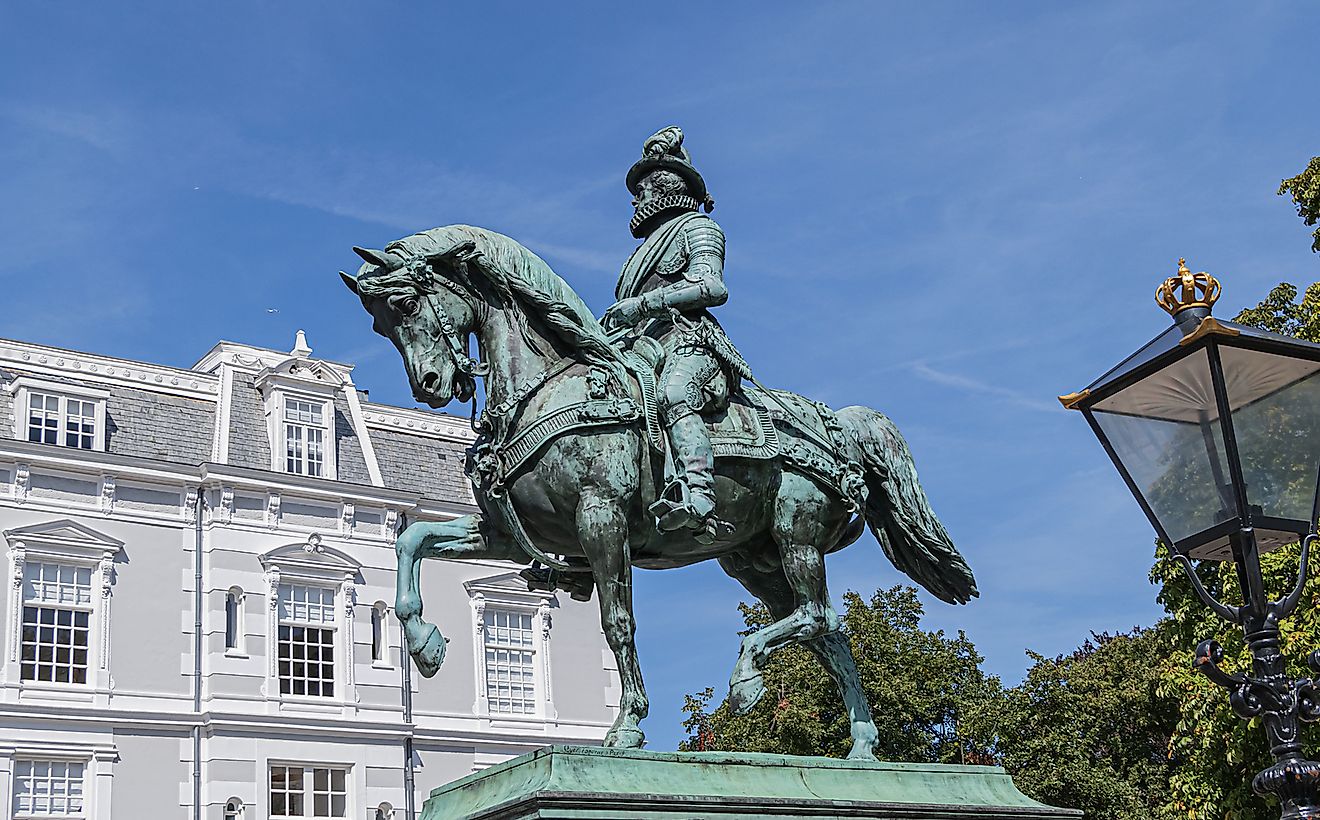The Toleration Act of 1689

The Toleration Act of 1689 was an act of the English Parliament that had provisions for the freedom of worship for Nonconformists (dissenting Protestants who did not abide by the Church of England). The act, along with other measures after the Glorious Revolution in England between 1688 and 1689, exempted nonconformists from the punitive laws that were established by the “religions conformity” legal framework. Under the Act, Protestants estranged by the Church of England were allowed to conduct worship and have preachers and teachers of their choice as long as they took a simplified type of oath of allegiance. The Act helped end the persecution of fellow Protestants. Political and social restriction, however, remained.
The Glorious Revolution
The Glorious Revolution are the events that took place between 1688 and 1689 which led to the crowning of Mary II regnant and William III, Prince of Orange, after the deposition of King James II. The revolution stemmed from the political and religious conflict that happened in the country. At the center of the controversy was King James II, a Catholic. His religious beliefs and his actions as king came at odds with a Protestant parliament that tolerated his monarchy because of Mary II (a protestant), his eldest child and potential heir to the throne. The situation soon changed when King James II’s son was born, making him the Catholic heir to James II. In November 1688, William of Orange invaded England with the support of prominent Englishmen and the Dutch army,. After James II fled England, William III and Mary ascended to the throne as joint sovereigns the following year.
Outlaw of Catholics and Toleration of nonconformists
On assuming power, William III and his ministers were eager to acknowledge the Nonconformists in light of the religion’s struggle under the deposed king. After much debate, The Toleration Act of 1689 was passed by Parliament to unite Protestants. The Scottish Presbyterian Church also received recognition from King William III, a vital concession that the Scots had long struggled to achieve. Parliament also declared in the 1689 Bill of Rights that the monarchy could not be Catholic, a provision that was reaffirmed in 1701. The resumption of war with France (which was Catholic) in the 1690s resulted in an increased feeling of hatred towards their fellow Catholic countrymen. By the mid-1690s, Catholics were required to remit double the ordinary taxes. Parliament also introduced new punitive laws in 1699 against individuals who failed to declare anti-Catholicism and to take an oath of loyalty to the king. Despite the apparent flaws of the Tolerance Act, many historians agree that it laid the foundation for a lengthy process aimed at the acquisition of full civil rights outside the Church of England. By 1710, an estimated 2,536 Nonconformist places of worship had been licensed. The new reality, however, led some to practice what many called “Occasional Conformity,” a trend that allowed dissenters to attend parish church and receive communion to gain public office while also participating in Nonconformist worship. To deal with the trend, the Occasional Conformity Act was passed in 1711. The new Act imposed punitive fines on individuals found worshipping in Nonconformist venues after receiving communion from the Anglican Church.
Criticism of the Toleration Act
Despite being hailed as the foundation of religious pluralism in England, the 1689 Toleration Act has also attracted criticism from several scholars over its inadequacy. Some have labeled the Act as an ambiguous document whose flaws were resolved in the decades that followed. Many critics have pointed to the trend of “occasional conformity” that was as a result of legislative loopholes left in the document.











